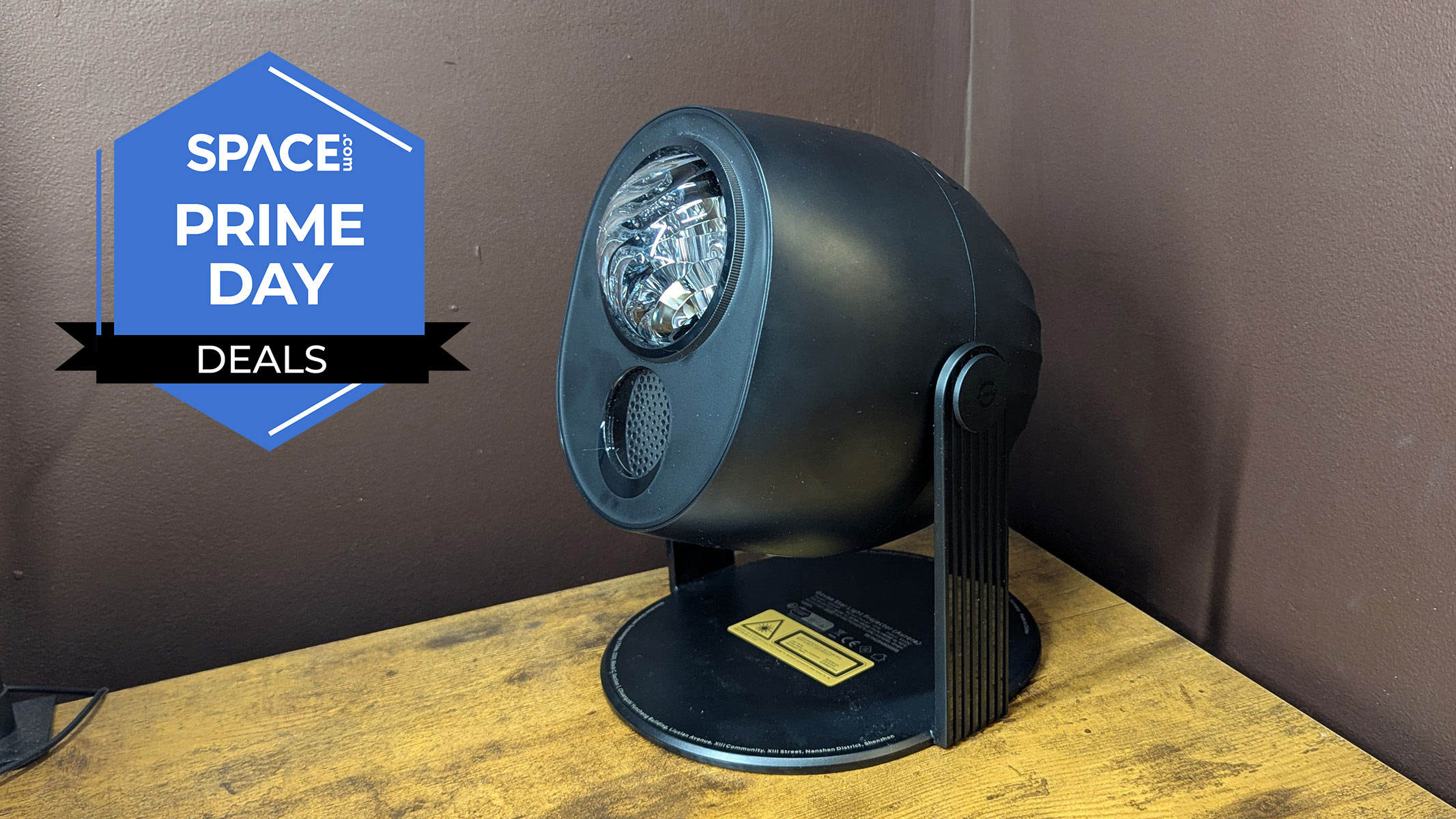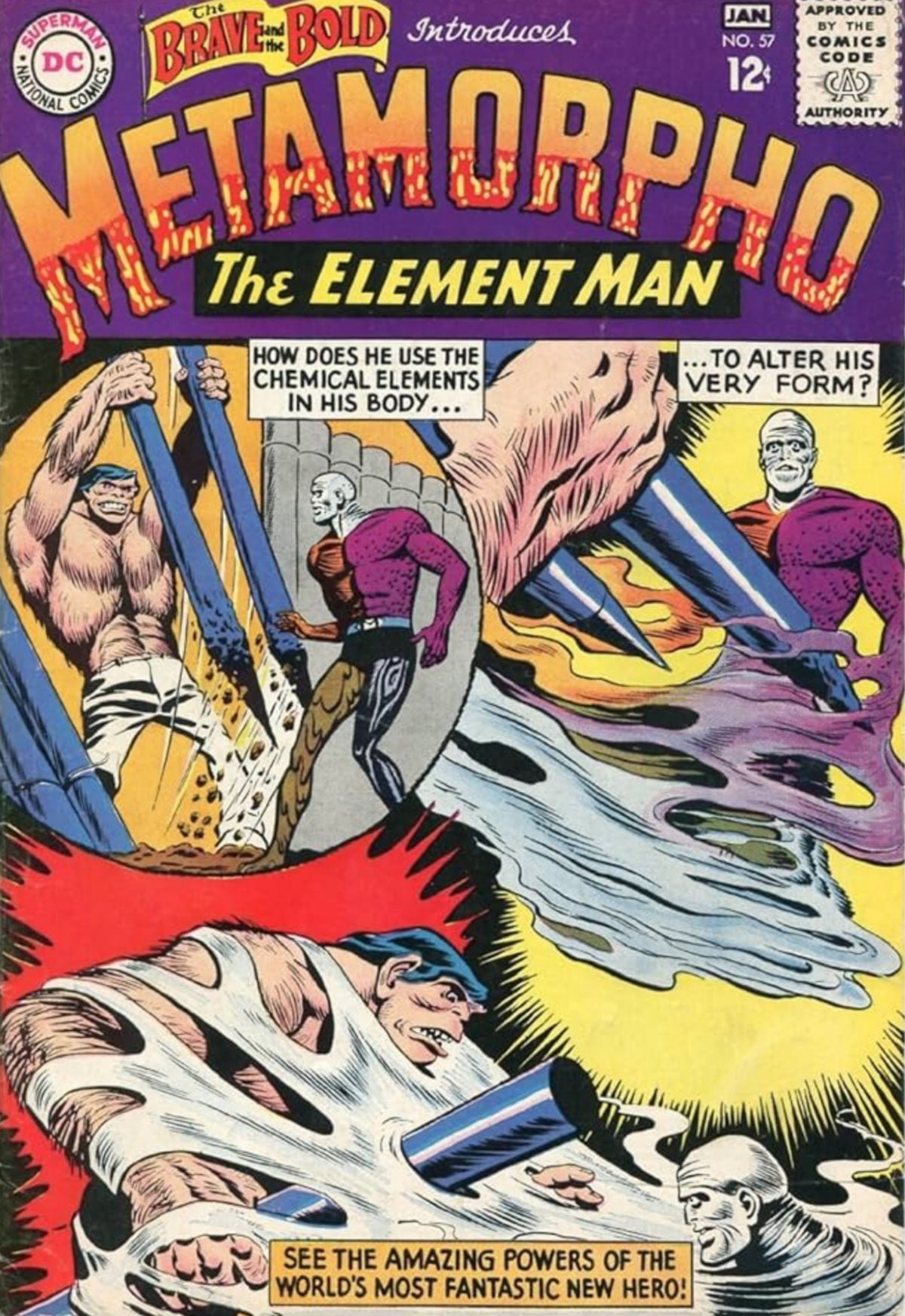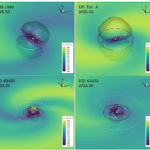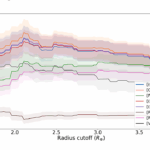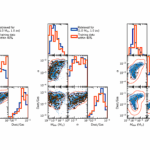Now Reading: Inside New Brunswick’s ambituous plan for the world’s densest dark-sky corridor
-
01
Inside New Brunswick’s ambituous plan for the world’s densest dark-sky corridor
Inside New Brunswick’s ambituous plan for the world’s densest dark-sky corridor
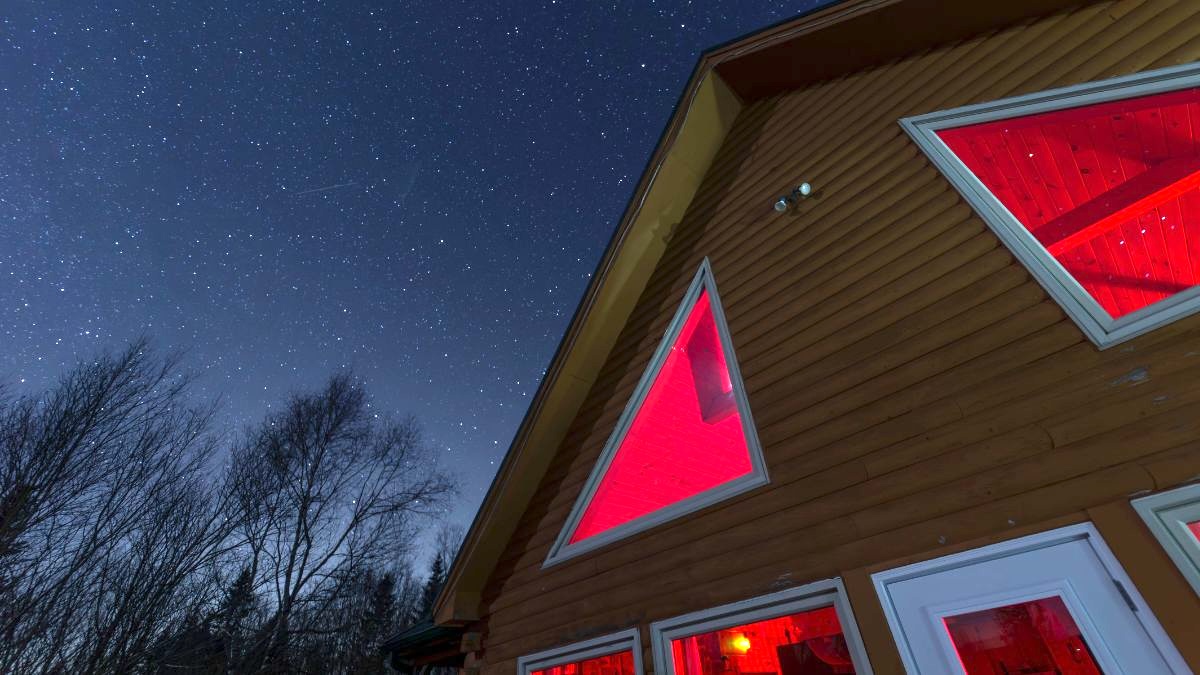
As a crescent moon sank into the forest, I looked high above the cabin behind me to see just how dark it was getting. Staring back at me was the Beehive Cluster, a swarm of stars that’s a surefire sign of dark skies. From here, a west-facing deck deep in the woods of southern New Brunswick, Canada, there was nothing but silence, a touch of frost, and some of the darkest skies in the Americas.
What brought me here wasn’t just astronomy but astrotourism. “The U.S. has just announced an astrotourism project along U.S. Route 89, from Canada to Mexico,” said Stéphane Picard, an astronomer and astrophotographer at Cliff Valley Astronomy. “It’s impressive, but it stretches a thousand miles. We’ll have six dark-sky sites within 100 miles [160 kilometers] — and dozens of unique astrotourism experiences.”
Picard is one of the driving forces behind a corridor of dark-sky destinations along the dramatic coast of the Bay of Fundy, which is famous for its great range of tides (as well as its maple syrup). Dubbed the Fundy Dark-Sky Corridor, it could soon become the densest cluster of certified dark-sky reserves on Earth.
New Brunswick’s dark-sky reserves
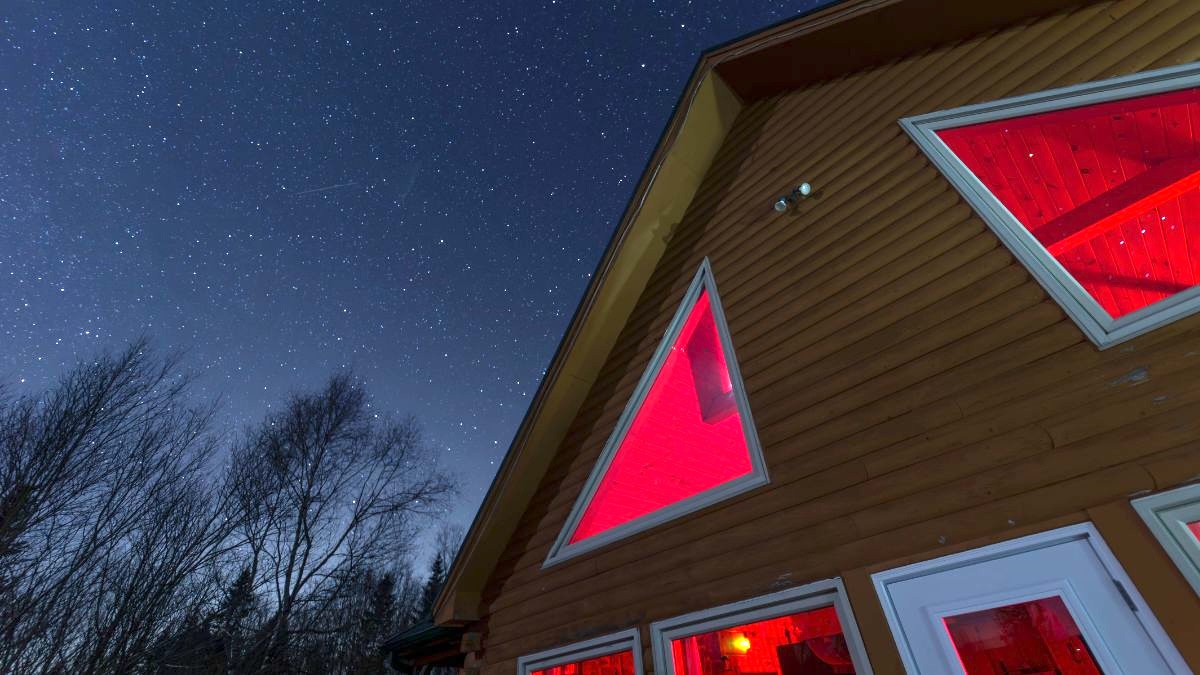
New Brunswick has a pedigree of dark-sky sites. The 70%-forested province, which borders Maine, is already home to three Royal Astronomical Society of Canada (RASC)-designated Dark-Sky Preserves: Kouchibouguac National Park, Mount Carleton Provincial Park farther north, and Fundy National Park on the coast. It’s the latter, which hosts RASC’s annual star party, that’s the anchor for the project.
“Tourism here has always relied on things like snowmobiling and fishing because those have measurable data — permits and licenses — but now we have real numbers for the night sky,” Picard said, noting that the 2024 total solar eclipse generated almost $40 million in economic activity. Recent years have seen a surge of sightings of the aurora borealis, further contributing to this trend.
“When the night sky is clear, there’s nothing like it,” Picard said.
The Fundy Dark-Sky Corridor
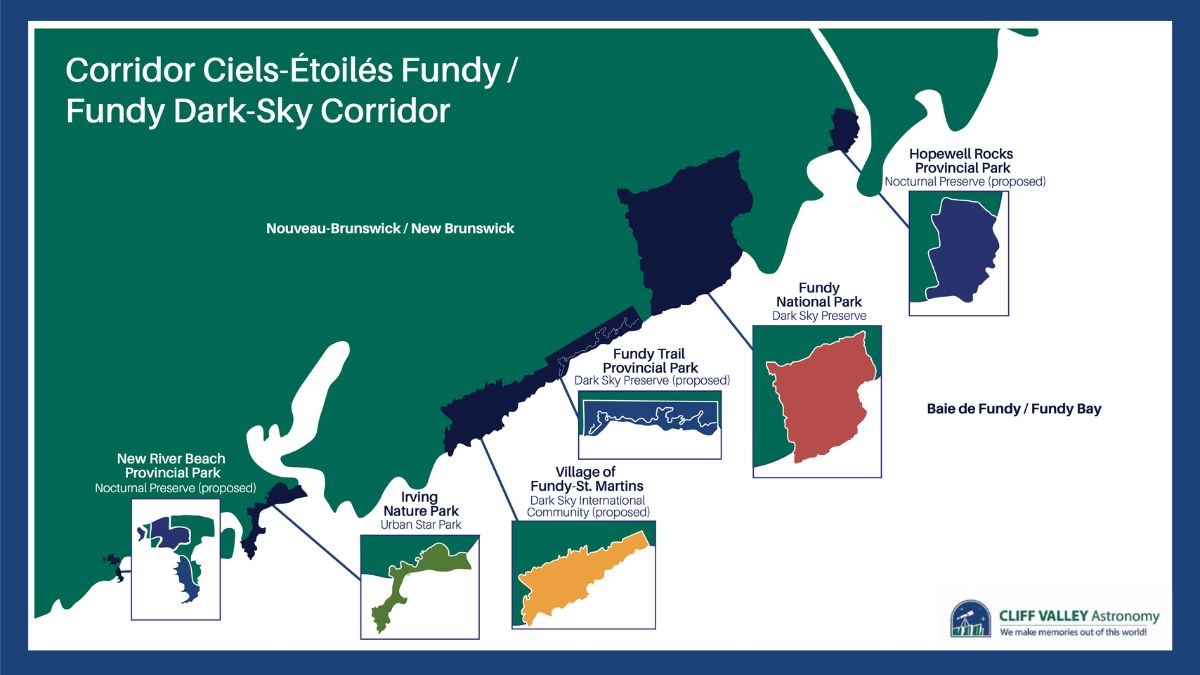
With Fundy National Park at its center, the corridor would include the following sites:
- New River Beach Provincial Park nocturnal preserve: This area would include campsites, picnics, scenic coastal nature trails, beaches and breathtaking coastal views halfway between the U.S. border and Saint John, New Brunswick.
- Irving Nature Park urban star park: This wooded park on the immediate west side of Saint John is home to Saints Rest Beach, which would be perfect for urban dwellers seeking easily accessible dark skies.
- Fundy-St. Martins international dark sky community: This is a proposed community on the Bay of Fundy with historic country inns and spectacular coastal views. It’s also where two UNESCO designations — Stonehammer UNESCO Global Geopark and the Fundy Biosphere Region — overlap.
- Fundy Trail Provincial Park dark-sky preserve: There are plans to add an RV park and cabins to the campground at this 6,323-acre (2,559 hectares) park with a scenic drive along the Bay of Fundy coast, hiking and biking trails, coastal lookouts, beaches and waterfalls.
- Hopewell Rocks Provincial Park nocturnal preserve: This site features picture-perfect views of the “flowerpot rocks,” the 39-to-69-foot-tall (12 to 21 m) sea stacks caused by tidal erosion.
The northern edge may eventually expand toward Kouchibouguac National Park and even spill into Nova Scotia, but for now, it’s all about protecting dark skies and encouraging astrotourism in rural southern New Brunswick.
Astrotourism experiences
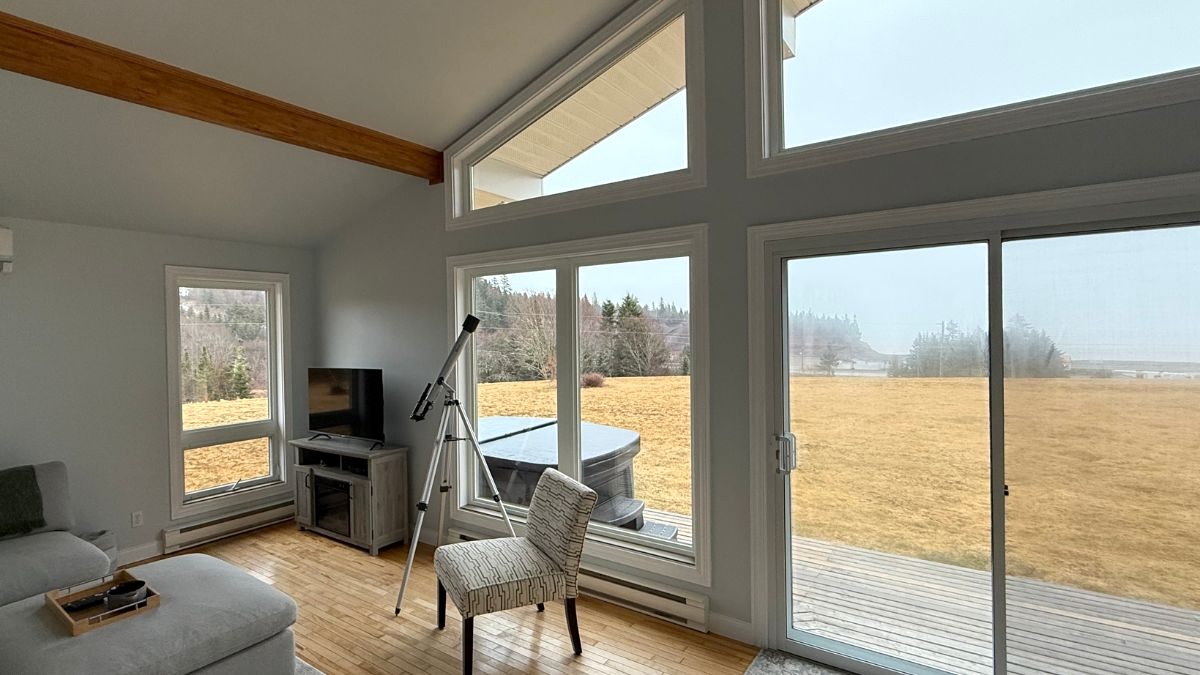
The dark-sky designations now being sought serve as the foundation for astrotourism in New Brunswick. I was wowed by the unpretentiousness of the corridor’s parks, from the sheer accessibility of Irving Nature Park and New River Beach Provincial Park to the remote feel of Fundy Trail Provincial Park and Fundy National Park itself. There are places to stay within them — largely campgrounds and cabins — but it’s the dark-sky destinations in between that are the real jewels. In beautiful St. Martins (population 4,000) is Tide Watcher’s Cottage, whose vast lawn and hot tub overlook the world’s highest tides on the Bay of Fundy.
It’s minutes from a few historic covered bridges (New Brunswick has 58 of these “kissing bridges”) and the wild, majestic Fundy Trail Provincial Park. In nearby Norton to the north, far from light pollution (and close to the Midland Ice Caves) is Forest Lane Domes & Experiences, where a couple of eco-conscious geodesic domes have every luxury possible, including stargazing decks, a wood-fired hot tub and Bortle Level 2 skies. (The Bortle scale ranges from 1, which designates the darkest skies, to 9, which corresponds to inner-city skies with the most light pollution.)
Just outside Fundy National Park in Alma is Falcon Ridge Inn, a bed-and-breakfast with stunning views across the Bay of Fundy to Cape Chignecto Provincial Park in Nova Scotia. “We’ve had guests come who wanted to photograph the stars but were afraid to go into Fundy National Park alone at night,” said the owner, William Hutchinson. The park is home to black bears, coyotes and moose.
“I set one guest up right outside, and she got some great astro-shots — there’s not too much light pollution here,” Hutchinson said.
Another completely different astrotourism experience can be had at Broadleaf Ranch, located nearby in Riverside-Albert. The ranch features wood-paneled log cabins, a mountain chalet and several glamping pods that resemble lighthouses, tipis, and even covered bridges. All are south-facing for spectacular Milky Way views. It’s an astrophotographer’s dream — as is the nearby Cape Enrage, photographed during my trip by legendary astro-imager Alan Dyer.
There are so many stories and experiences to tap into in New Brunswick, from the star lore of the Mi’kmaw First Nations people to night hikes that tell the story of how Black families escaped slavery by following the stars out of Maine in the 19th century.
“We could have 200 astrotourism experiences in New Brunswick, and they would all be unique,” Picard said.
People of the night
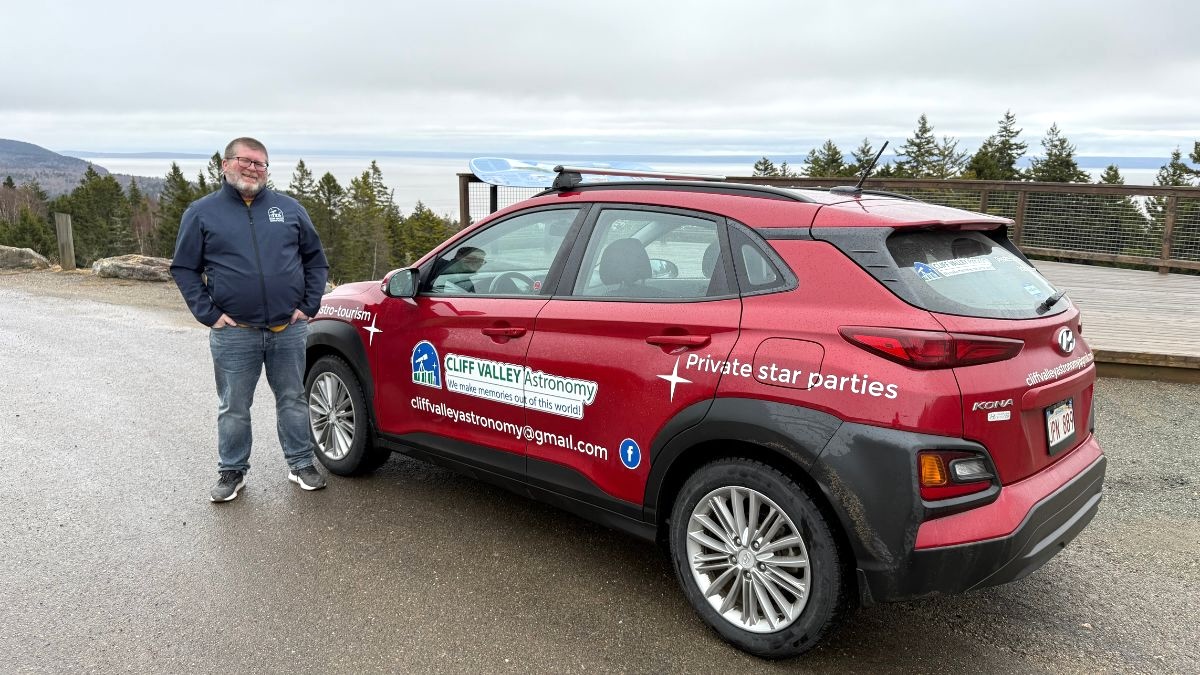
For small communities on the Bay of Fundy coast, such as St. Martins, astrotourism is a no-brainer. “People here always knew they had great skies, but they didn’t know what to do with them,” said Elaine Shannon, vice president of the St. Martins and District Chamber of Commerce. “Now, more folks are starting to understand what this could mean.”
A gateway to the Fundy Trail Provincial Park, it’s known for red cliffs, caves and bird-watching, as well as its out-of-the-way location. It’s also beginning to host star parties and astronomy events while promoting its dark skies.
“We have three campgrounds here where you can stargaze and a lighthouse nearby with great views, but when I searched online for photos of this area at night, there’s almost nothing. No one knows about it,” said Jordan Jamison, owner and operations manager at Bay of Fundy Adventures and president of the St. Martins and District Chamber of Commerce.
For astrophotographers who prioritize originality, that’s gold dust. The same could be true for St. Martins, which reliably sees a lot of day-trippers.
“If 1 in 10 people take an astrotourism-themed trip, it means people staying overnight, eating in our restaurants, going on our tours — it’s massive for a small place like this,” Jamison said. That sentiment was echoed by Micha Fardy, executive director at Friends of Fundy in Alma, which tries to increase tourism in the area around Fundy National Park.
“Astrotourism is slow tourism — it turns day-trippers into overnight guests, especially in the off-season,” she said. “But the number one thing is that the local community understands the importance of dark skies — not because it’s a tourism draw, but because it’s vital to the ecosystem that we live in.”
A rising tide for astrotourism
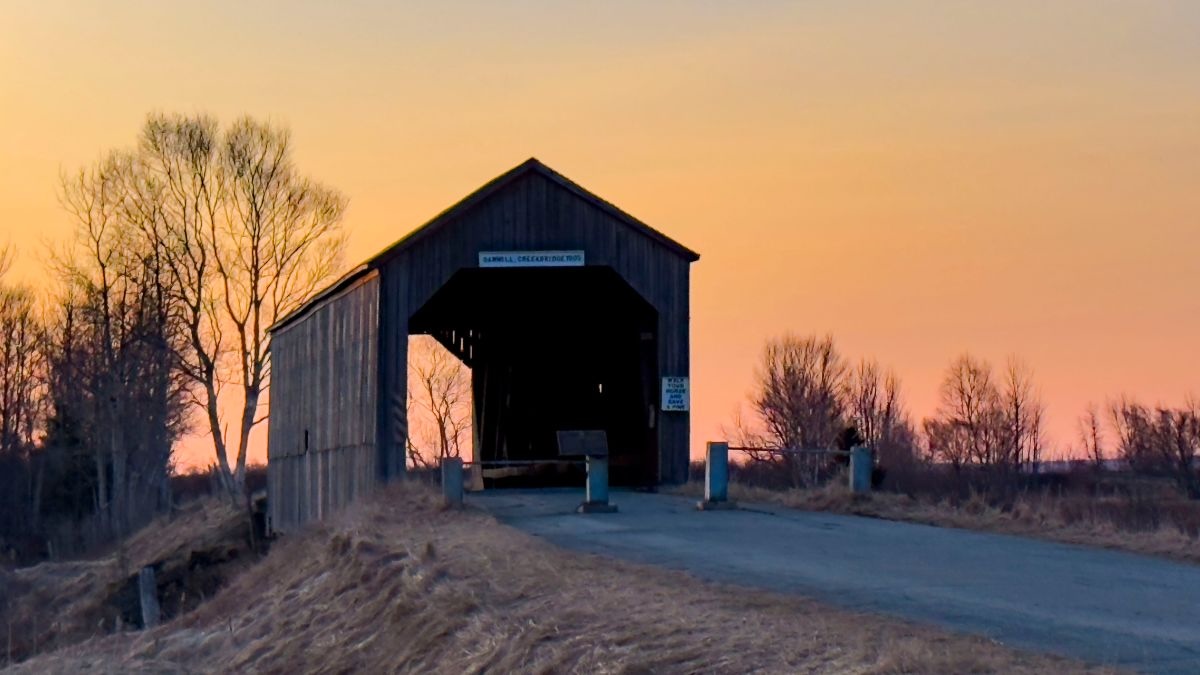
Few places in Canada showcase nature’s raw power like the Bay of Fundy, which moves 100 billion tons of water every day — more than all the world’s rivers combined — and has a tidal range of about 52 feet (16 meters). At Hopewell Rocks, you can walk the ocean floor beneath towering “flowerpot” sea stacks at low tide and kayak among their crowns just hours later.
Before I left the province, I stopped in Moncton to witness the famous tidal bore up the Petitcodiac (which locals call the “chocolate river”). At Bore Park downtown, a low rumble marked the moment the tide reversed the river, sending a meter-high wave upstream. Heightened by the gravitational pull of a recent supermoon, it was a reminder that the moon‘s influence on the tides is more potent along the New Brunswick coast than anywhere else on Earth.
“Astronomy is looking at objects beyond the horizon,” Picard said. “Astrotourism is about what’s within the horizon.”
With its dark-sky corridor, astrotourism in New Brunswick looks set to rise like its tides.
Editor’s note: Travel and accommodations for this article were partially supported by Tourism New Brunswick.
Stay Informed With the Latest & Most Important News
-
 01From Polymerization-Enabled Folding and Assembly to Chemical Evolution: Key Processes for Emergence of Functional Polymers in the Origin of Life
01From Polymerization-Enabled Folding and Assembly to Chemical Evolution: Key Processes for Emergence of Functional Polymers in the Origin of Life -
 02Panasonic Leica Summilux DG 15mm f/1.7 ASPH review
02Panasonic Leica Summilux DG 15mm f/1.7 ASPH review -
 03Two Black Holes Observed Circling Each Other for the First Time
03Two Black Holes Observed Circling Each Other for the First Time -
 04How New NASA, India Earth Satellite NISAR Will See Earth
04How New NASA, India Earth Satellite NISAR Will See Earth -
 05And Thus Begins A New Year For Life On Earth
05And Thus Begins A New Year For Life On Earth -
 06Astronomy Activation Ambassadors: A New Era
06Astronomy Activation Ambassadors: A New Era -
07SpaceX launch surge helps set new global launch record in 2024















